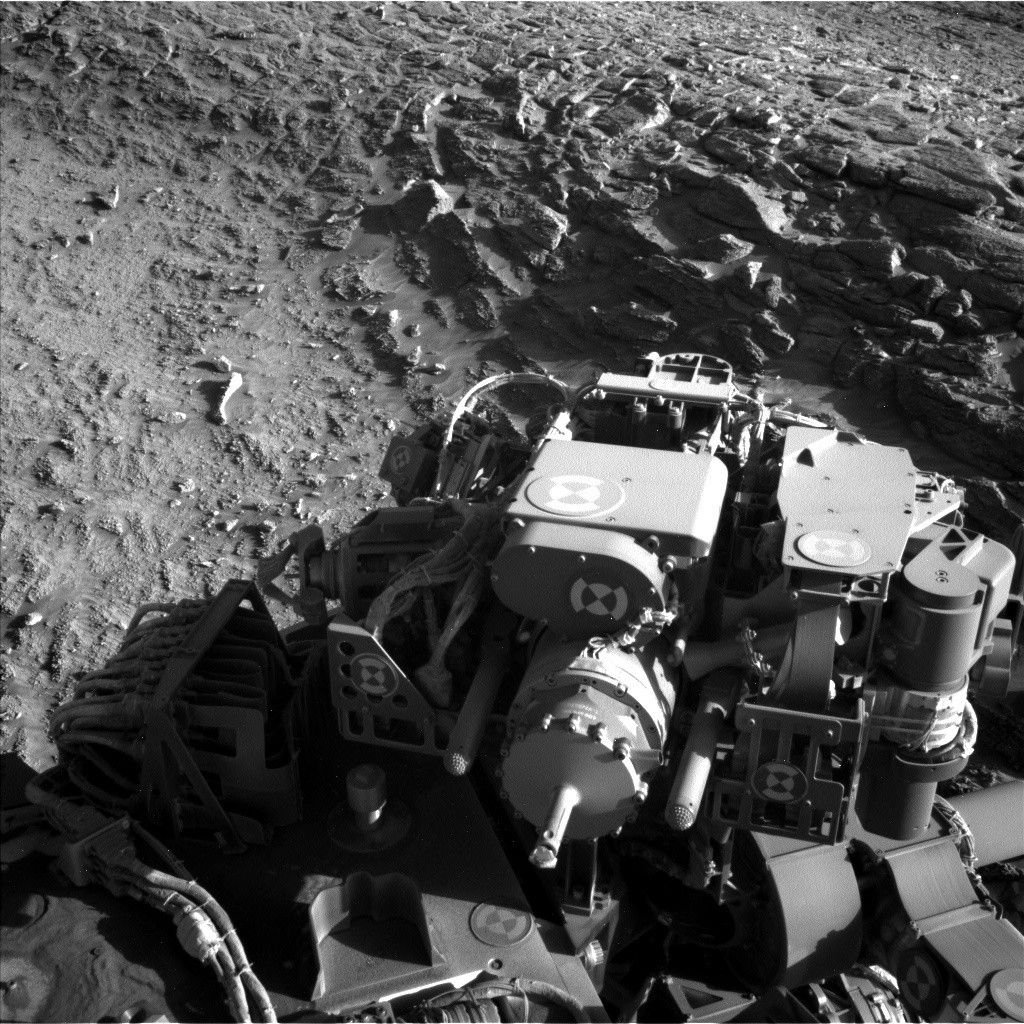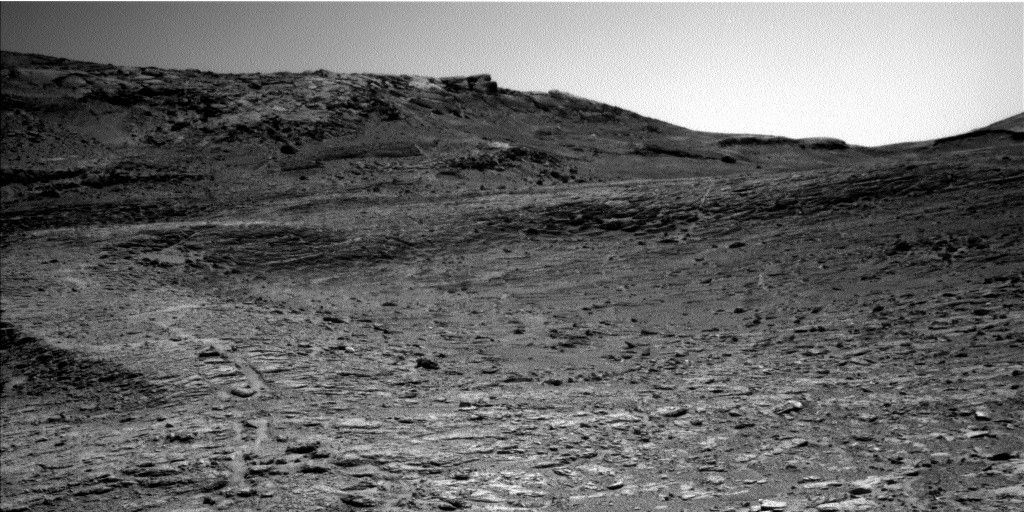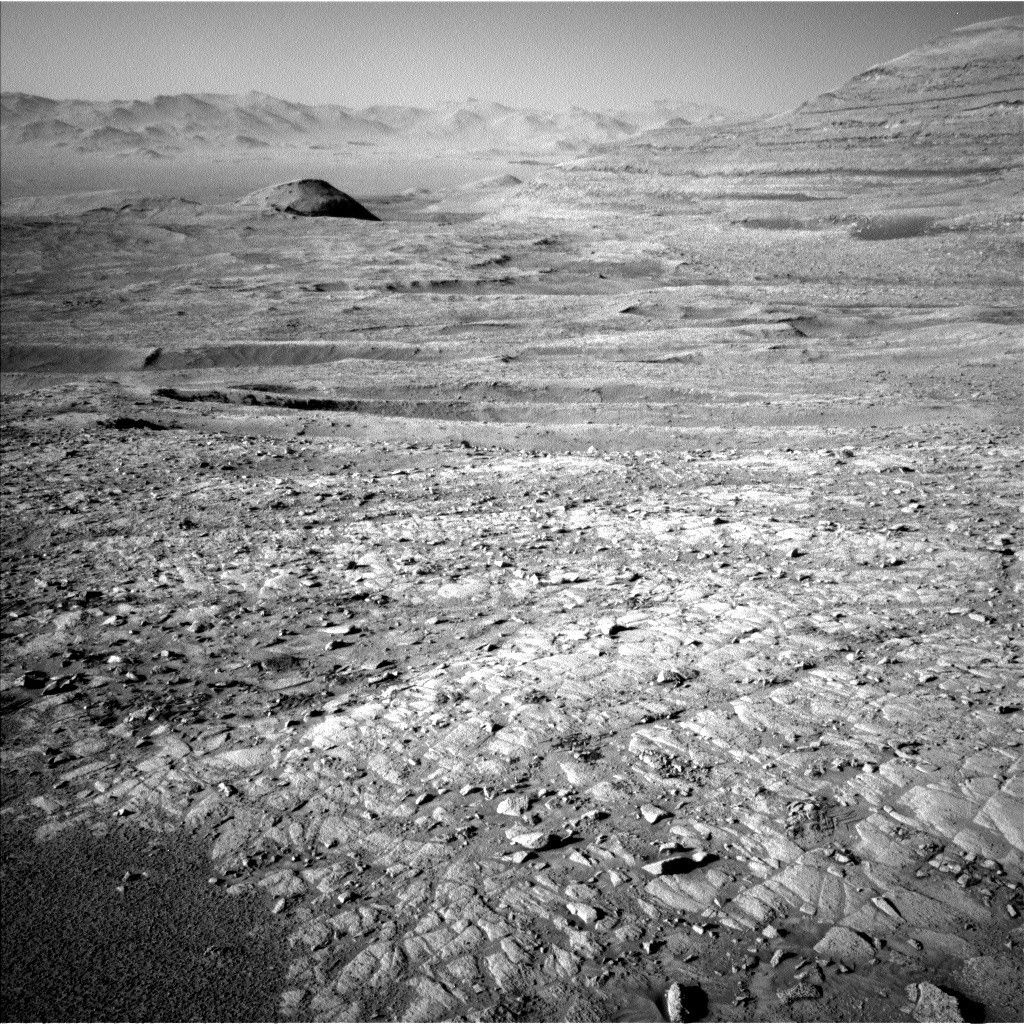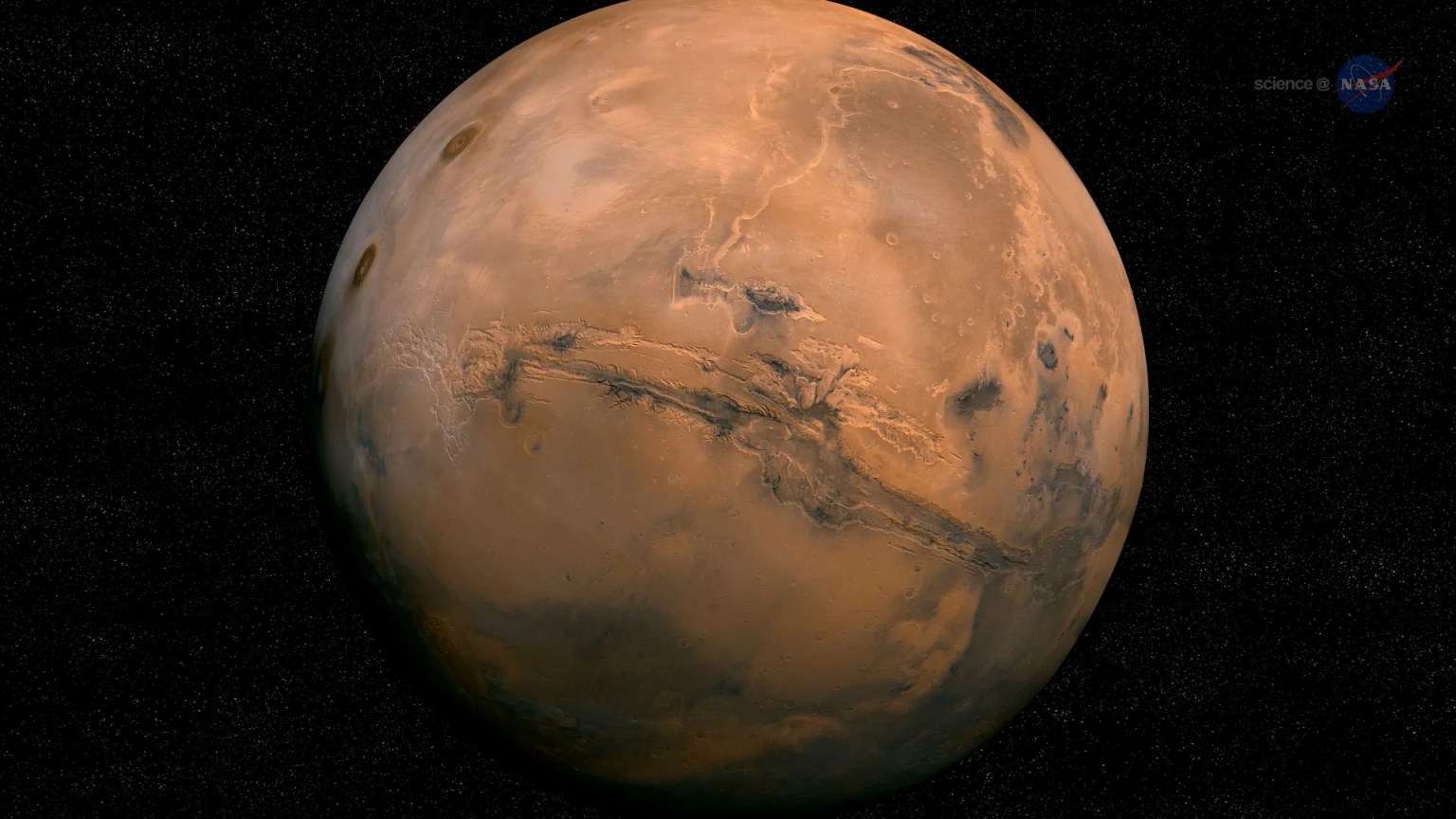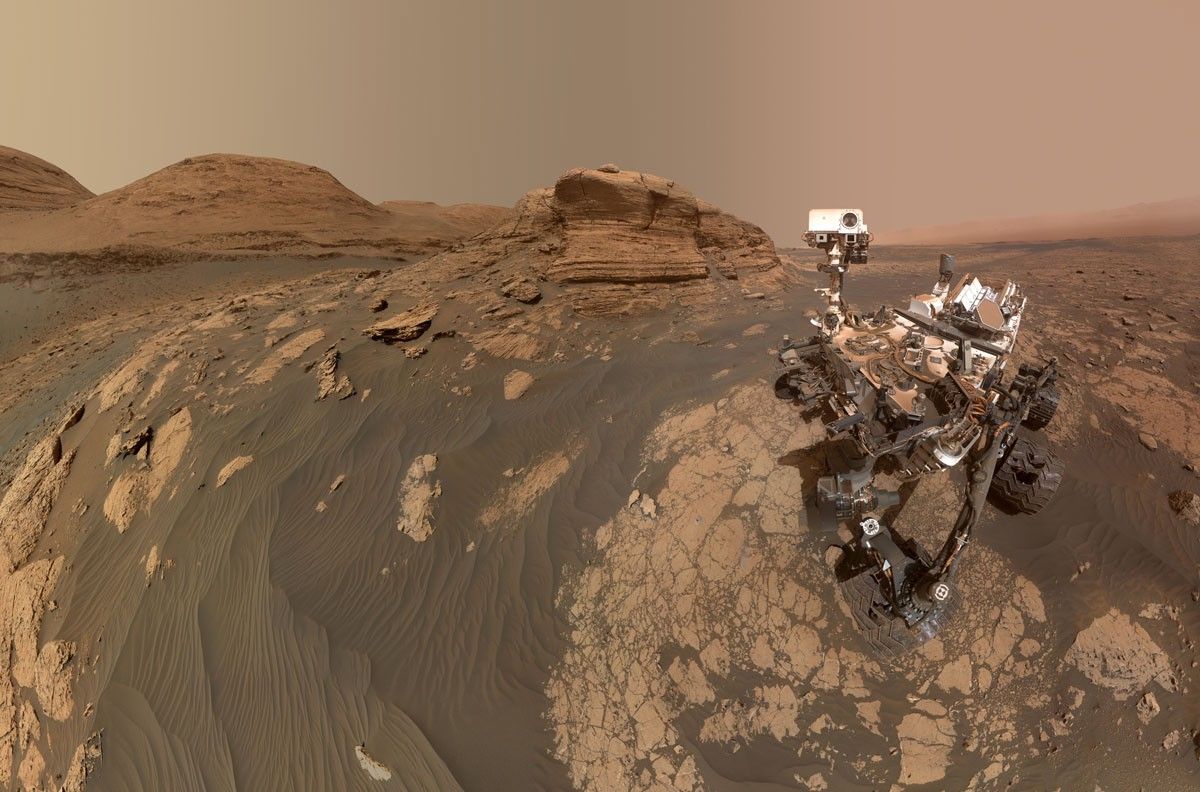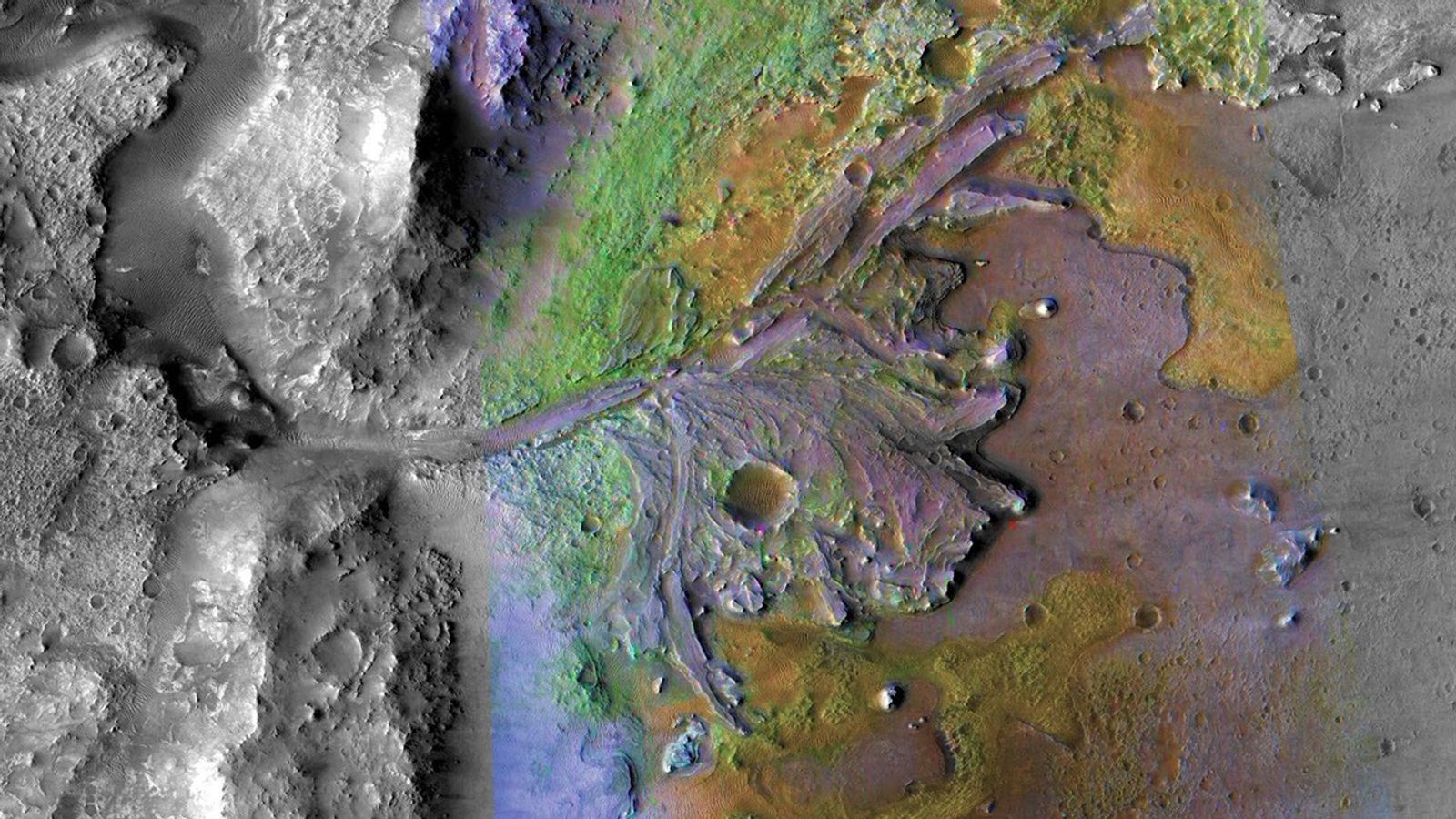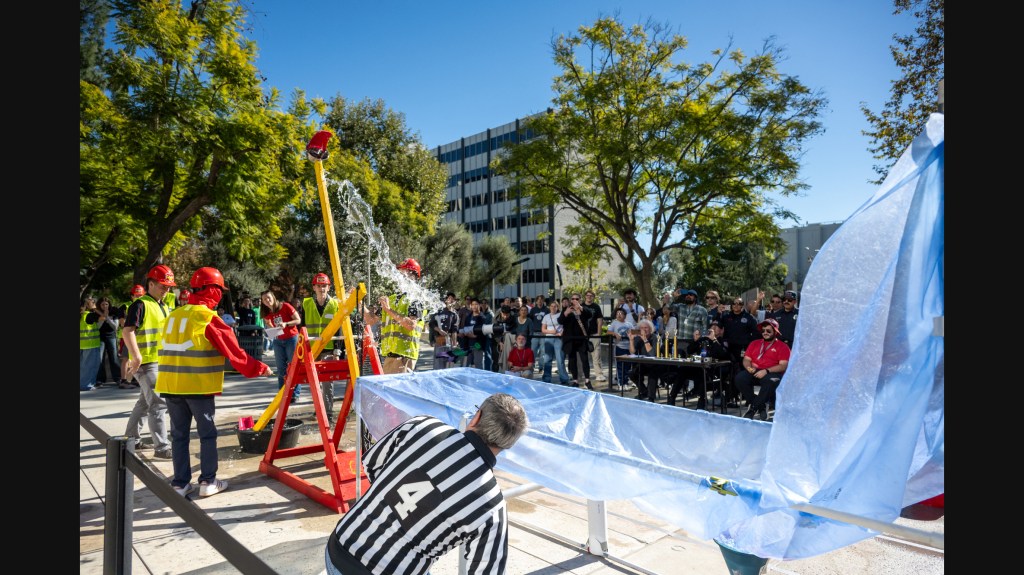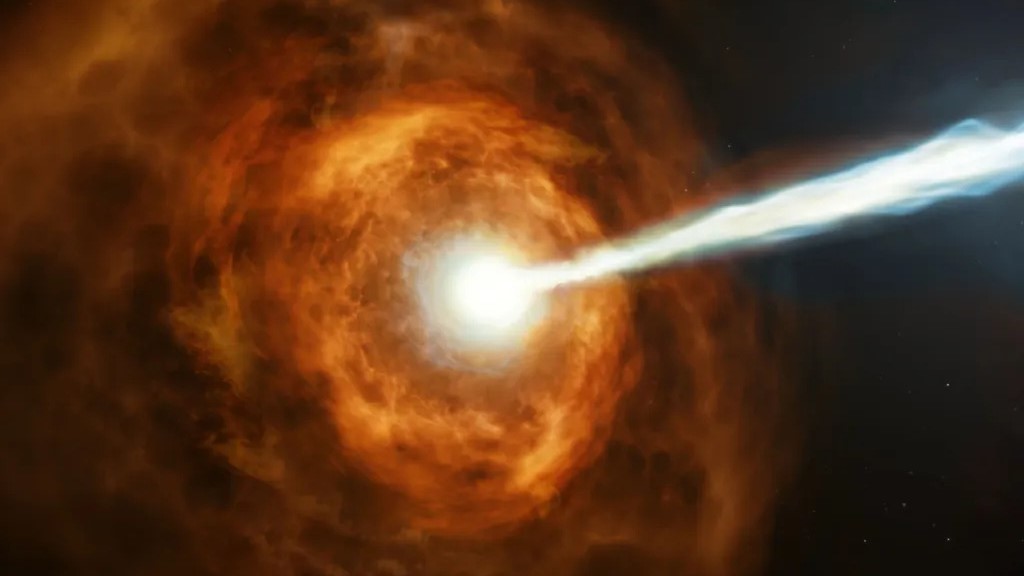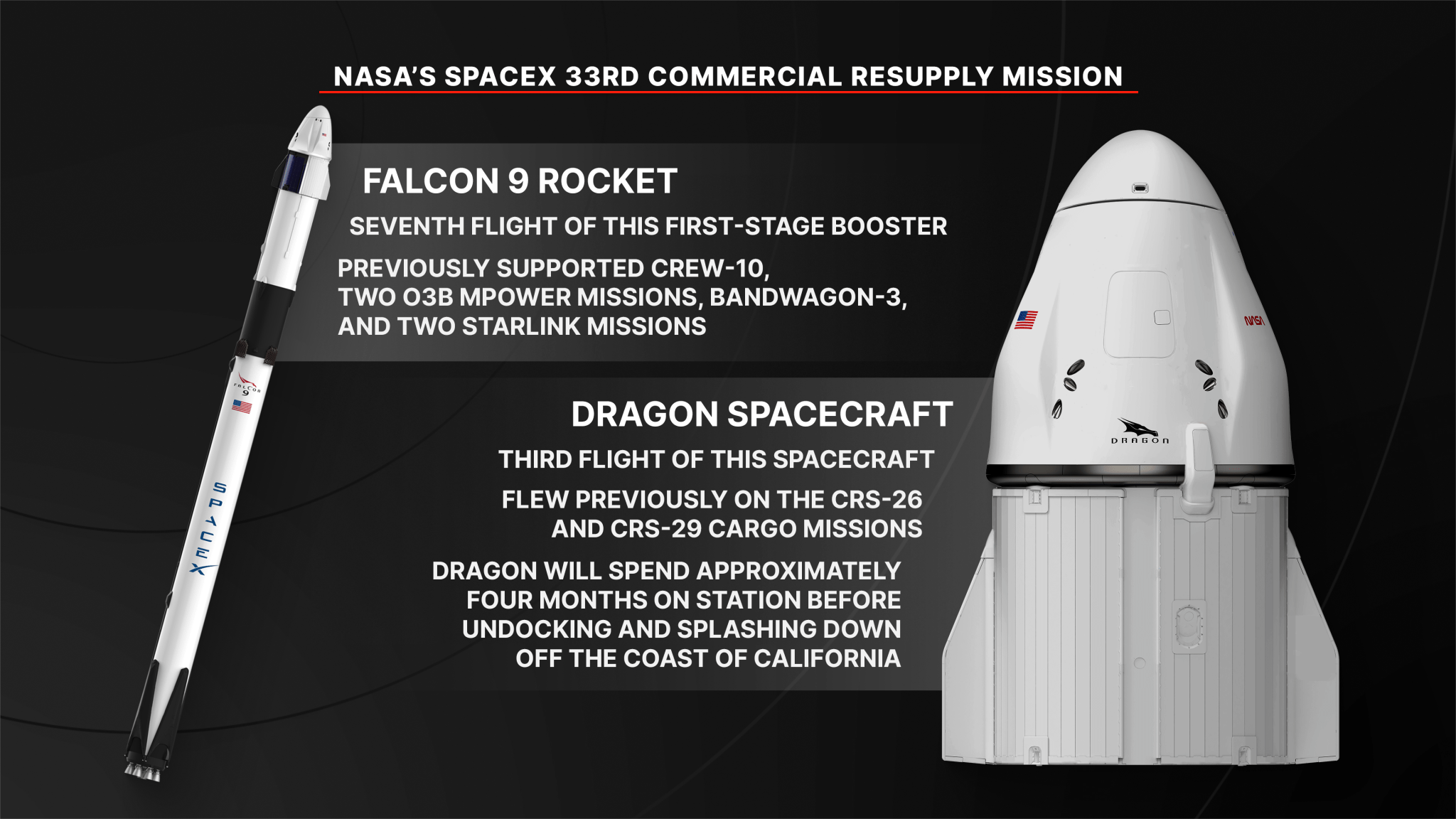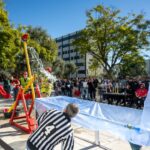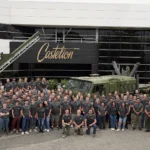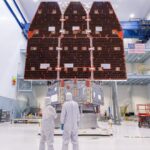Now Reading: To See the World in a Grain of Sand: Investigating Megaripples at ‘Kerrlaguna’
-
01
To See the World in a Grain of Sand: Investigating Megaripples at ‘Kerrlaguna’
To See the World in a Grain of Sand: Investigating Megaripples at ‘Kerrlaguna’
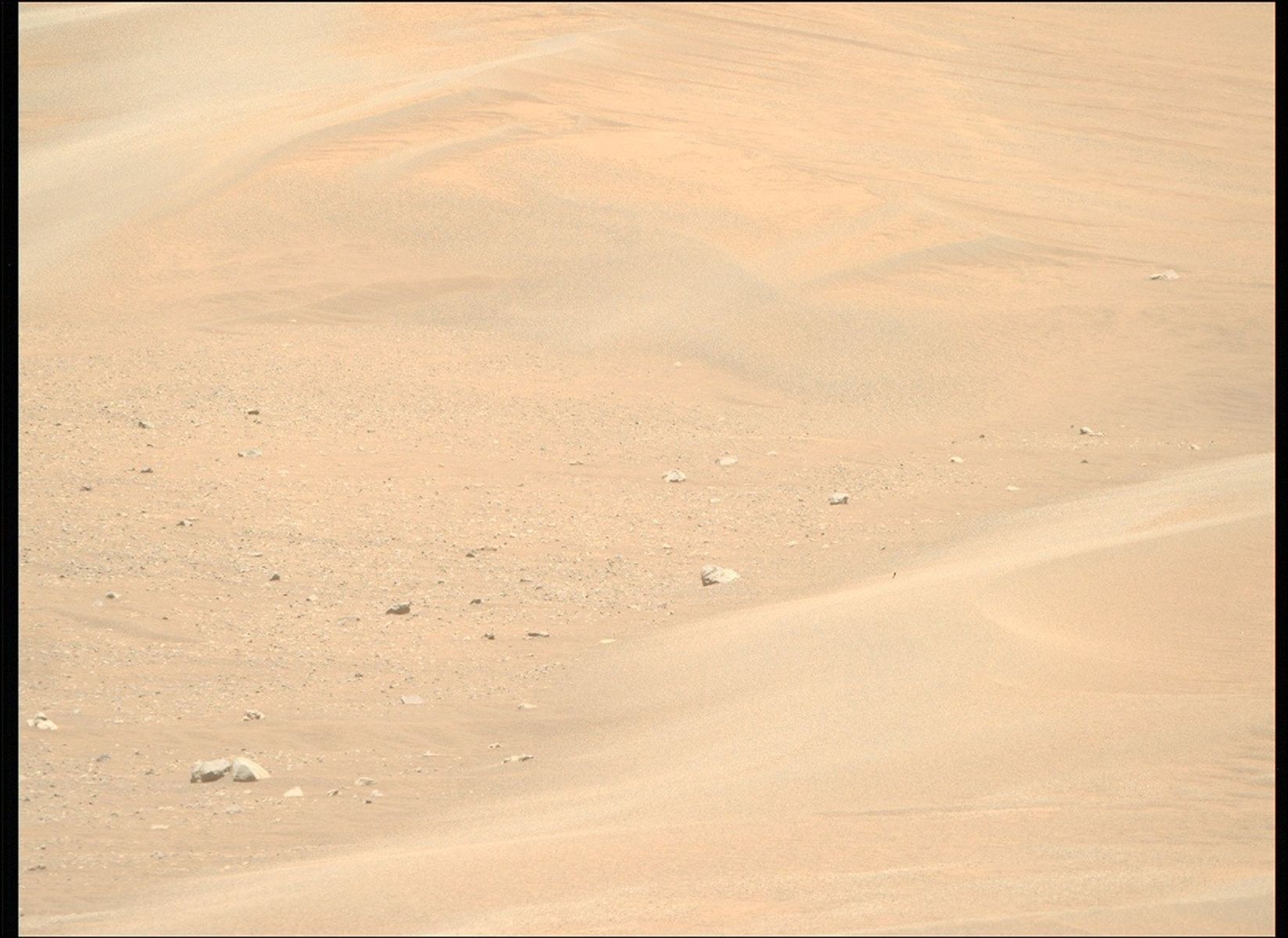
3 min read
To See the World in a Grain of Sand: Investigating Megaripples at ‘Kerrlaguna’

Written by Athanasios Klidaras, Ph.D. candidate at Purdue University
On Mars, the past is written in stone — but the present is written in sand. Last week, Perseverance explored inactive megaripples to learn more about the wind-driven processes that are reshaping the Martian landscape every day.
After wrapping up its investigation at the contact between clay and olivine-bearing rocks at “Westport,” Perseverance is journeying south once more. Previously, attempts were made to drive uphill to visit a new rock exposure called “Midtoya.” However, a combination of the steep slope and rubbly, rock-strewn soil made drive progress difficult, and after several attempts, the decision was made to return to smoother terrain. Thankfully, the effort wasn’t fruitless, as the rover was able to gather data on new spherule-rich rocks thought to have rolled downhill from “Midtoya,” including the witch hat or helmet-shaped rock “Horneflya,” which has attracted much online interest.
More recently, Perseverance explored a site called “Kerrlaguna” where the steep slopes give way to a field of megaripples: large windblown sand formations up to 1 meter (about 3 feet) tall. The science team chose to perform a mini-campaign to make a detailed study of these features. Why such interest? While often the rover’s attention is focused on studying processes in Mars’ distant past that are recorded in ancient rocks, we still have much to learn about the modern Martian environment.
Almost a decade ago, Perseverance’s forerunner Curiosity studied an active sand dune at “Namib Dune” on the floor of Gale crater, where it took a memorable selfie. However the smaller megaripples — and especially dusty, apparently no longer active ones like at “Kerrlaguna” — are also common across the surface of Mars. These older immobile features could teach us new insights about the role that wind and water play on the modern Martian surface.
After arriving near several of these inactive megaripples, Perseverance performed a series of measurements using its SuperCam, Mastcam-Z, and MEDA science instruments in order to characterize the surrounding environment, the size and chemistry of the sand grains, and any salty crusts that may have developed over time.
Besides furthering our understanding of the Martian environment, documenting these potential resources could help us prepare for the day when astronauts explore the Red Planet and need resources held within Martian soils to help them survive. It is hoped that this investigation at “Kerrlaguna” can provide a practice run for a more comprehensive campaign located at a more extensive field of larger bedforms at “Lac de Charmes,” further along the rover traverse.

Share
Details
Related Terms
Stay Informed With the Latest & Most Important News
-
 012024 in Review: Highlights from NASA in Silicon Valley
012024 in Review: Highlights from NASA in Silicon Valley -
 02Panasonic Leica Summilux DG 15mm f/1.7 ASPH review
02Panasonic Leica Summilux DG 15mm f/1.7 ASPH review -
 03How New NASA, India Earth Satellite NISAR Will See Earth
03How New NASA, India Earth Satellite NISAR Will See Earth -
 04And Thus Begins A New Year For Life On Earth
04And Thus Begins A New Year For Life On Earth -
 05Astronomy Activation Ambassadors: A New Era
05Astronomy Activation Ambassadors: A New Era -
06SpaceX launch surge helps set new global launch record in 2024
-
 07From Polymerization-Enabled Folding and Assembly to Chemical Evolution: Key Processes for Emergence of Functional Polymers in the Origin of Life
07From Polymerization-Enabled Folding and Assembly to Chemical Evolution: Key Processes for Emergence of Functional Polymers in the Origin of Life


